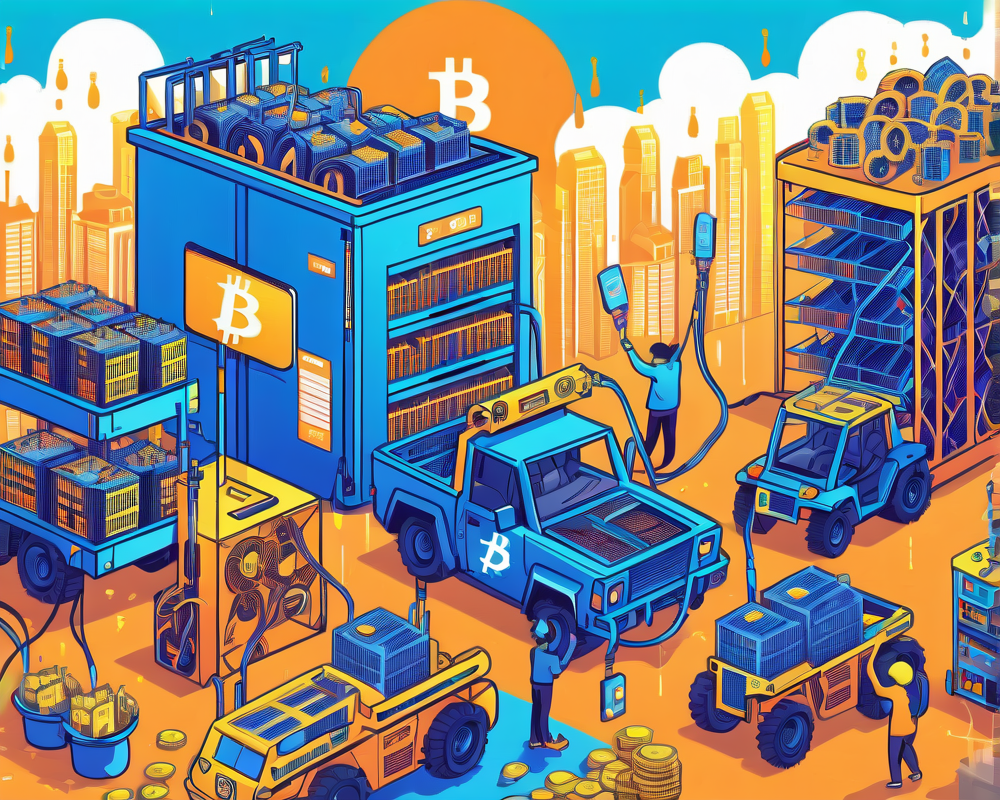Introduction to Bitcoin Mining Costs
Bitcoin mining is a curious game of mathematics, technology, and geography. While the digital currency takes the world by storm, those who mine it find themselves tangled in a maze of electricity costs that sharply vary by location. From Italy, where mining one Bitcoin costs approximately $208,560, to Lebanon, where it’s a mere $266, the economics behind this digital treasure is both perplexing and enlightening.
The Cost of Mining Around the World
Recent findings from a CoinGecko report shed light on the glaring contrasts in mining costs across the globe. With only 65 out of the total 195 countries proving profitable for solo miners due to household electricity expenses, the rest might as well be playing poker with monopoly money. Here’s what the numbers say:
- Italy: $208,560 per Bitcoin
- Austria: $184,352
- Belgium: $172,382
- Lebanon: $266
- Iran: $532
Understanding Household Electricity Rates
To grasp why mining costs vary so dramatically, one must take a closer look at household electricity rates. The worldwide average to mine a Bitcoin stands at an eyebrow-raising $46,291.24—35% higher than its average daily price of $30,090.08 in July 2023. To put it mildly, if you’re in Italy, you might want to reconsider that winter trip to the mining rig!
The Unfortunate Reality for Miners
Despite the tempting low costs in regions like Lebanon and Iran, Bitcoin miners are not off the hook just yet. The challenge lies not only in electricity prices but systemic issues like power shortages. As Binance CEO Changpeng “CZ” Zhao pointed out, the numbers look appealing, but mining isn’t simply a flip of a switch:
“The report probably didn’t consider feasibility and other logistics. But if the data is true, there definitely seems to be some potential opportunities.”
Many areas lack sufficient electricity, often leading to rolling blackouts that can leave mining rigs powerless—literally.
Adverse Effects of Mining Regulations
Iran presents a compelling case study. Despite legalizing Bitcoin mining in 2019, the country has frequently imposed bans, likening it to attempting to catch a fish that’s already been filleted. As reported, around 150,000 mining devices were seized due to alleged stress on energy grids during colder months, showcasing the precarious balance miners must maintain with local regulations.
Can Miners Make It Work?
So, the million-dollar question (or in this case, the 208,560-dollar question) remains: Are miners in high-cost countries like Italy doomed to fail? Well, not necessarily! For those with the right strategy, combining renewable energy sources or exploring government incentives could tip the scales back in favor of profitability. It’s the classic tale of adaptation, where innovation prevails in the face of adversity.
As global electricity costs continue to fluctuate, aspiring miners would do well to weigh their options thoroughly, ensuring that they can turn a profit in the ever-volatile world of Bitcoin mining.



